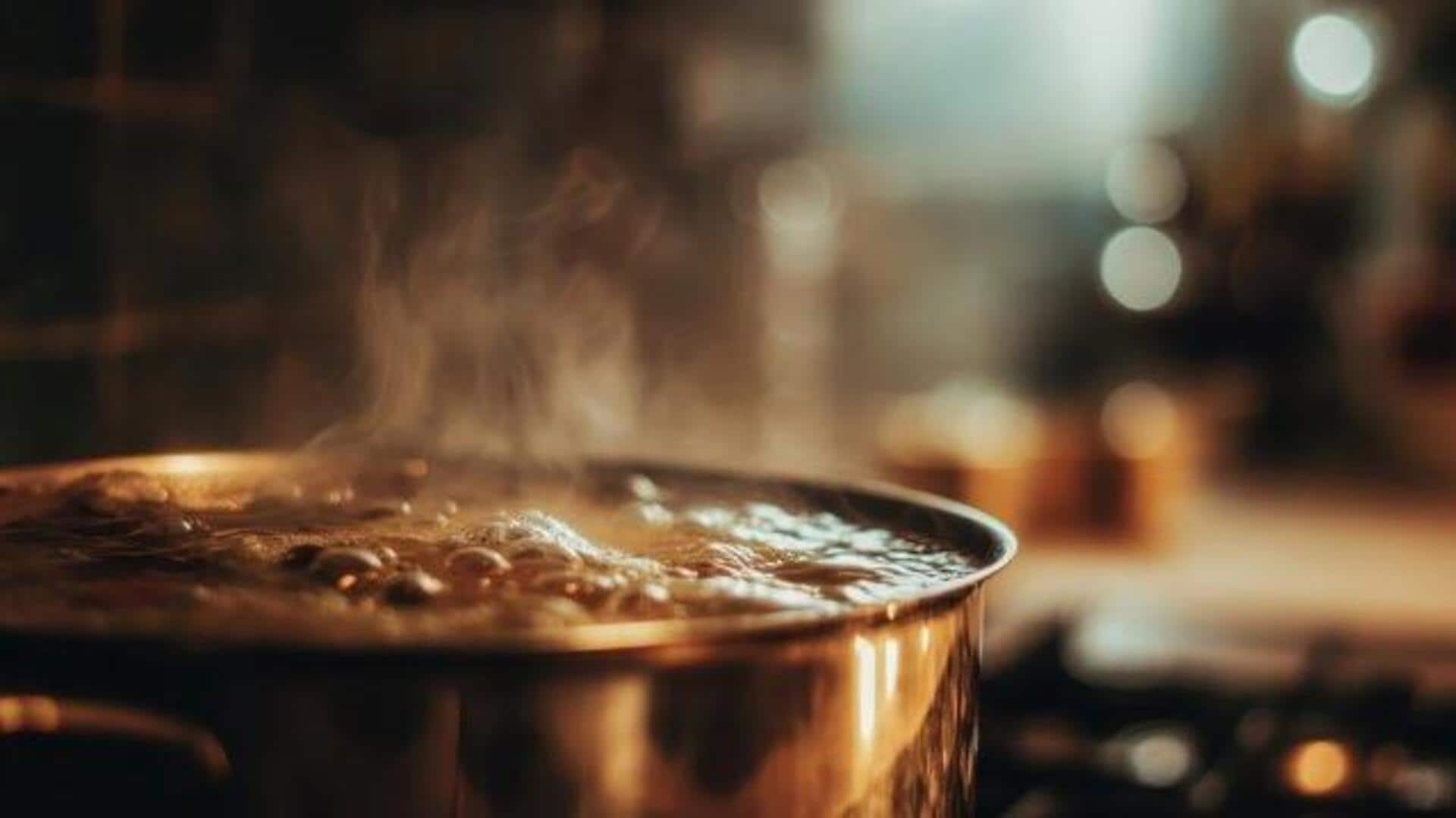
What exactly is haybox cooking?
What's the story
Rediscovered for its energy efficiency and simplicity, haybox cooking is an age-old technique. It involves retained heat to cook food slowly instead of continuously burning fuel. By insulating a pot with hay or other material, the heat is trapped, allowing food to cook over time without any added energy. This not only saves resources but also enhances flavors by allowing ingredients to meld together gradually.
#1
How haybox cooking works
The principle behind haybox cooking is pretty simple: once a pot of food boils, you take it off the direct flame and keep it in an insulated container lined with hay or similar materials. The insulation keeps the heat in, allowing the food to continue cooking slowly. This can be employed for different dishes such as stews and soups, where slow cooking develops flavors.
#2
Benefits of using a haybox
One major benefit of haybox cooking is that it is energy-efficient. By cutting down fuel usage by as much as 70%, it provides an eco-friendly option to regular methods. Plus, the technique hardly requires any monitoring after it is set, allowing you to get busy with something else. The mild cooking method also retains nutrients in vegetables, grains.
#3
Materials needed for haybox cooking
Essentially, making a haybox at home is a simple task. All you need is a sturdy box or basket, insulating material (hay, wool blankets) and a lid/cover to trap heat well. Some people also use modern alternatives like polystyrene beads or recycled fabric scraps as insulating materials. The trick is to ensure that the pot stays tightly enclosed within these materials to keep temperatures consistent.
Tip 1
Tips for successful haybox cooking
To get the best out of haybox cooking, make sure that your dish reaches boiling point before putting it in the insulated container. Use pots with tight-fitting lids to avoid steam escape when transferring and insulating. Trying out various recipes will let you know which dishes benefit the most from this slow-cooking method, while tweaking timing according to personal preferences can improve results even more.